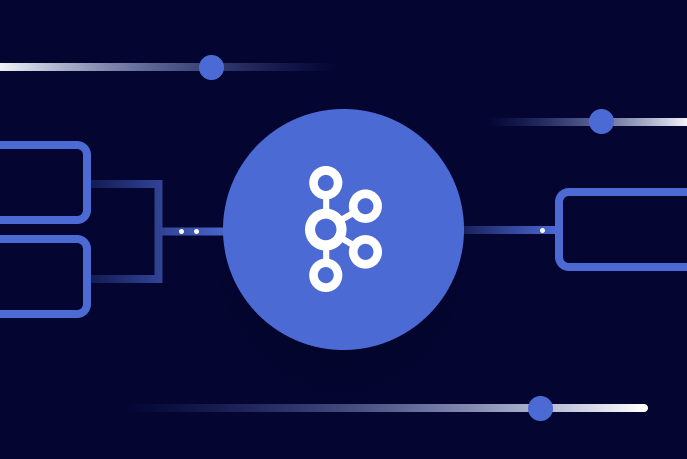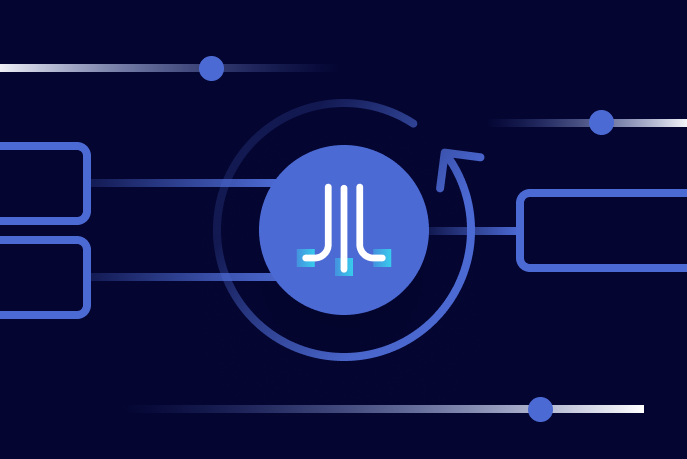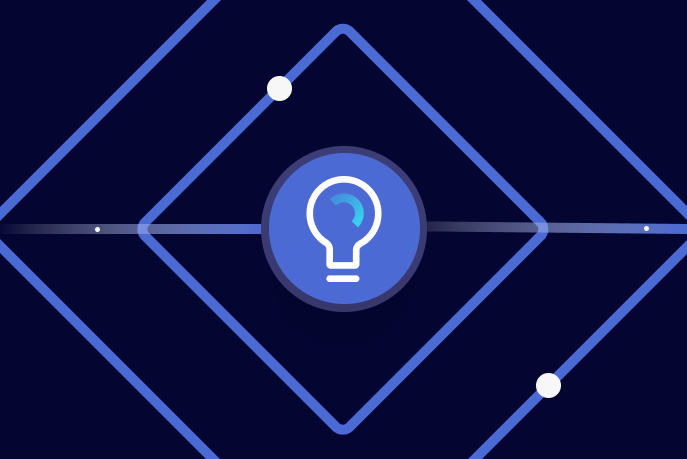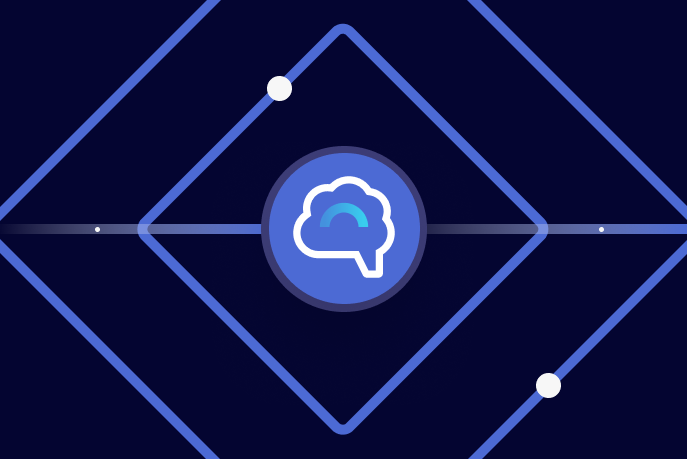Technology
Data Products, Data Contracts, and Change Data Capture
Change data capture is a popular method to connect database tables to data streams, but it comes with drawbacks. The next evolution of the CDC pattern, first-class data products, provide resilient pipelines that support both real-time and batch processing while isolating upstream systems...
Unlock Cost Savings with Freight Clusters–Now in General Availability
Confluent Cloud Freight clusters are now Generally Available on AWS. In this blog, learn how Freight clusters can save you up to 90% at GBps+ scale.
Contributing to Apache Kafka®: How to Write a KIP
Learn how to contribute to open source Apache Kafka by writing Kafka Improvement Proposals (KIPs) that solve problems and add features! Read on for real examples.
Kora: The Cloud Native Engine for Apache Kafka
Take a tour of the internals of Confluent’s Apache Kafka® service, powered by Kora: the next-generation, cloud-native streaming engine.
Confluent Will Beat Your Cost of Running Kafka (or $100 on us)
Companies are looking to optimize cloud and tech spend, and being incredibly thoughtful about which priorities get assigned precious engineering and operations resources. “Build vs. Buy” is being taken seriously again. And if we’re honest, this probably makes sense. There is a lot to optimize.
What Makes Confluent the World’s Most Trusted Cloud Data Streaming Platform
Why do our customers choose Confluent as their trusted data streaming platform? In this blog, we will explore our platform’s reliability, durability, scalability, and security by presenting some remarkable statistics and providing insights into our engineering capabilities.
Tackling the Hidden and Unhidden Costs of Kafka
Operating Kafka at scale can consume your cloud spend and engineering time. And operating everyday tasks like scaling or deploying new clusters can be complex and require dedicated engineers. This post focuses on how Confluent Cloud is 1) Resource Efficient, 2) Fully Managed, and 3) Complete.
Introducing Confluent Platform 7.4
The blog introduces Confluent Platform 7.4 and its key features, including enhancing scalability, increasing architectural simplicity, accelerating time to market, reducing ops burden, and ensuring high-quality data streams. It also covers what's new in Apache Kafka 3.4.
The (Hidden) Cost of Kafka Operations
In part 2 of our blog series on understanding and optimizing your Kafka costs, we dive into how to estimate costs stemming from the development and operations personnel needed to self-manage Kafka.
Delivery Guarantees and the Ethics of Teleportation
This blog post discusses the two generals problems, how it impacts message delivery guarantees, and how those guarantees would affect a futuristic technology such as teleportation.
A Guide to Mastering Kafka's Infrastructure Costs
It's hard to properly calculate the cost of running Kafka. In part 1 of 4, learn to calculate your Kafka costs based on your infrastructure, networking, and cloud usage.
Unknown Magic Byte! How to Address Magic Byte Errors in Apache Kafka
If you’ve been working with Kafka Streams and have seen an “unknown magic byte” error, you might be wondering what a magic byte is in the first place, and also, how to resolve the error. This post explains the answers to both questions.
Uniting the Machine Learning and Data Streaming Ecosystems - Part 2
The ML and data streaming markets have socio-technical blockers between them, but they are finally coming together. Apache Kafka and stream processing solutions are a perfect match for data-hungry models.
Data Contracts, More Than Just APIs?
Breaking encapsulation has led to a decade of problems for data teams. But is the solution just to tell data teams to use APIs instead of extracting data from databases? The answer is no. Breaking encapsulation was never the goal, only a symptom of data and software teams not working together.
Uniting the Machine Learning and Data Streaming Ecosystems - Part 1
Apache Kafka and stream processing solutions are a perfect match for data-hungry models. Our community’s solutions can form a critical part of a machine learning platform, enabling machine learning engineers to deliver real-time MLOps strategies.
Stream Processing in Your Native Tongue
Stream processing has long forced an uncomfortable trade-off: choose a framework based on its power, or in your preferred programming language. GraalVM may offer an alternative solution to avoid having to choose.
Whatever Happened to Big Data?
The big data revolution of the early 2000s saw rapid growth in data creation, storage, and processing. A new set of architectures, tools, and technologies emerged to meet the demand. But what of big data today? You seldom hear of it anymore. Where has it gone?







